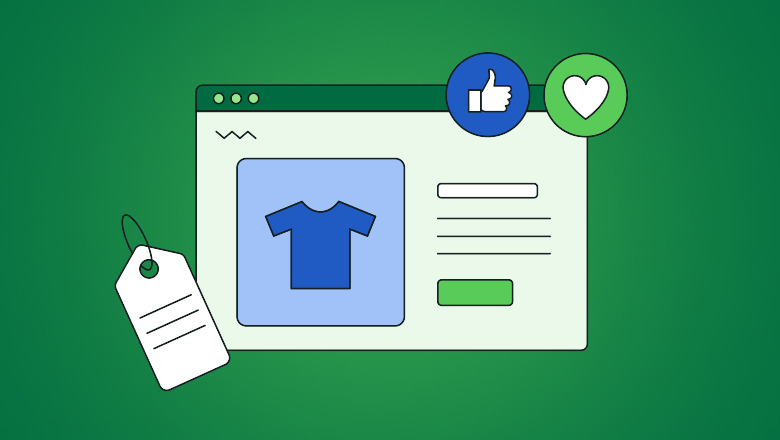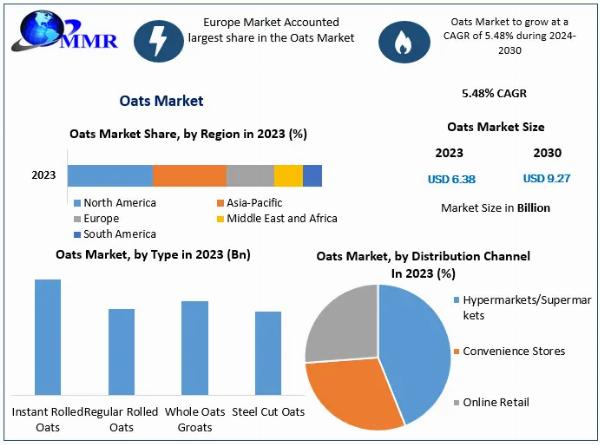When social media first came onto the scene, it was designed for people to connect with one another. But as platforms developed and user bases grew, businesses saw an opportunity to reach their customers in innovative ways. Nowadays, it seems unimaginable for a new business to launch without any social media presence.
One of those new opportunities is social commerce, or the ability to promote and sell products on social media. With millions of people logging onto social media apps each and every day, it presented the ideal outlet for growing a business.
Throughout this article, we're going to touch more on what social media ecommerce is, benefits of using this ecommerce channel and how your brand can create its own social media ecommerce strategy.
Let's get started.
Table of Contents
What is social media ecommerce?Benefits of social ecommerce3 Examples of social media ecommerceHow to create a social media ecommerce strategyCreate your own social media ecommerce strategy todayWhat is social media ecommerce?
Social media ecommerce is the practice of marketing an ecommerce business using social media through generating brand awareness, increasing online recognition, growing a customer base and even increasing sales.
We mentioned social commerce, which is a facet of social ecommerce — the act of selling products on social media. There's another facet called mobile commerce, which is the act of selling products on mobile devices (think: dedicated apps, mobile browser transactions, etc.).
Social media ecommerce comes into play often as 99% of all social media users access the apps from their mobile devices.
Benefits of social ecommerce
For direct-to-consumer (DTC) brands that exist solely online and retailers shifting to an online-first presence, you need all the tools in your arsenal to push sales on your website. You can’t rely on foot traffic so social media replaces this tactic.
Social media ecommerce brings in new customers and provides you with a ready-made online platform — but those aren't the only benefits.
Expand your reach and generate brand awareness
There are nearly 5 billion social media users worldwide. And while not every single one of those 5 billion will be your target customer, social media gives a massive opportunity for those who are to discover your business. When you post on your social profiles, you're giving users a chance to find your brand, follow your accounts and potentially share your products with others they know.
Engage your target audience
Through both organic and paid social means, you can create content directly for your target audience to reach and engage those most interested in what you're selling. Create social media posts that elicit some kind of response from your audience, such as a comment, message, like or share. Always interact with comments in order to facilitate conversations amongst your target customers.
Drive additional traffic and revenue to your business
And finally, drive traffic to your website—and even better, drive sales. Promote your products. Showcase how they can be used and what pain points they solve. Make your audience want to purchase your product—then make it easy for them to do so.
3 Examples of social media ecommerce
Curious what social media ecommerce looks like in action? Let's take a look at three of the top B2C social media platforms—Facebook, Instagram and TikTok.
1. Solo Stove
Solo Stove sells portable, smokeless fire pits, and it uses social media to help promote its products, mostly through video.
Here's an example of one of these videos.

Embracing the dynamic landscape of 2034's social media ecommerce, by strategically integrating innovative AR (Augmented Reality) experiences within each post to boost product engagement and emphasize a personalized shopping journey.
In 2035, leveraging social media's dynamic ecommerce potential requires ingenuity in creating immersive brand experiences tied to personalized content strategies. With AI-driven SEO and interactive AR/VR features for product showcasing within platforms like InstaCart or Metaverse Mall.














